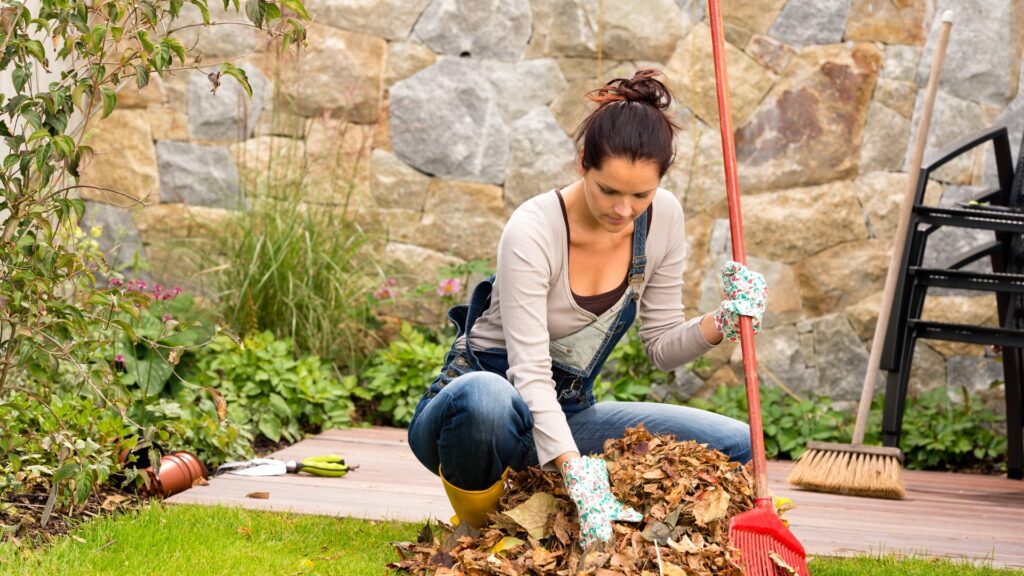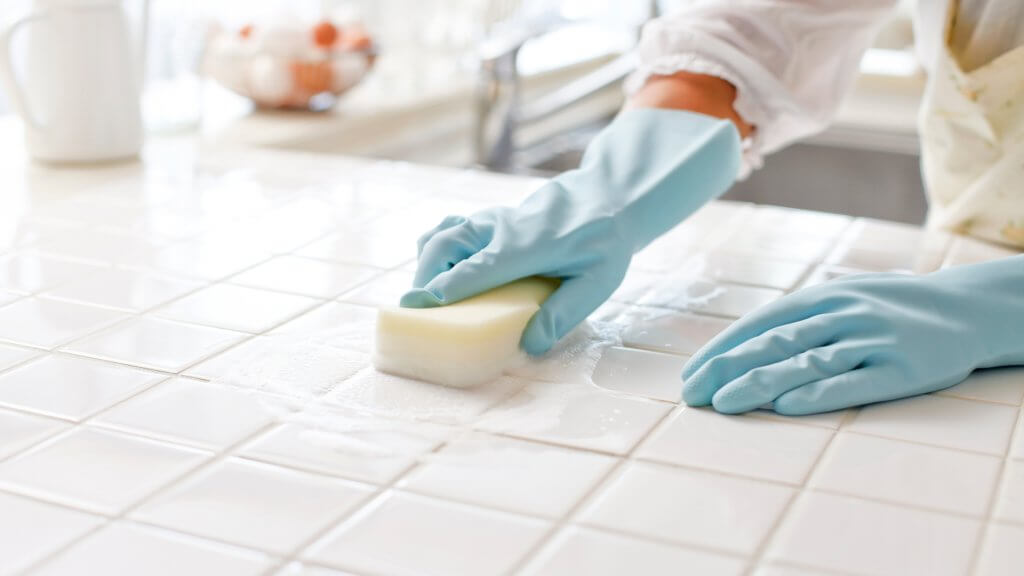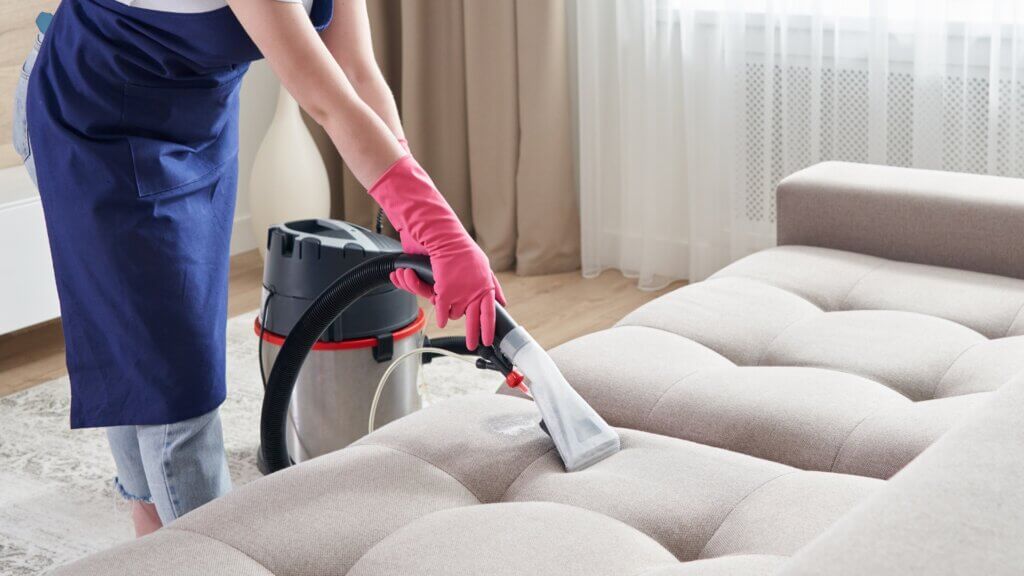Life can be unpredictable. Despite how hard you may try, accidents do happen. Common stains are often a result of these accidents. Being prepared is the best way to get past these situations with ease.
We all know the risks of having light furniture, carpets, linens, or towels. One minor blemish can stand out like a sore thumb. However, life should go on without worrying about the extent to which you can relax and enjoy a space. You can enjoy the fullness of a home and still leave it as if no one had been there. The key is to know how to prepare for the unexpected. Knowing the proper Airbnb cleaning techniques can save your home the long-term consequences of a nasty stain.
Whether you’re faced with wine, makeup, oil, or blood stains, these tips can help you keep your home looking brand new.
Wine Stains
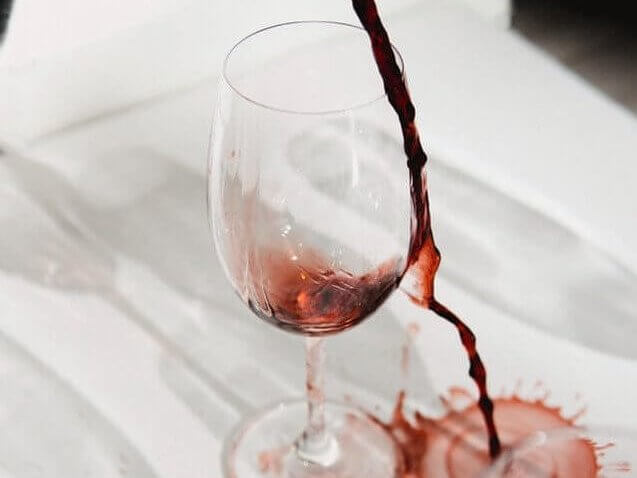
It’s no secret that wine is one of the toughest stains to remove. Wine contains chromogens which happen to be a primary substance in plants used for dyes. The last thing you want is to add an unwanted pop of color to your white carpet or furniture.
Follow these steps to quickly prevent the effects of a wine stain.
- Act quickly. Reducing the time a stain has to soak and spread across a surface will make your job a lot easier.
- Avoid scrubbing the stain. That’s right, do not try to frantically scrub the wine as you are actually most likely pushing it deeper into the fabric and spreading it further across a surface. Instead, attempt to remain calm, as hard as it may be, and instead blot the wine spot gently to allow any fresh liquid to be absorbed. Continue until as much as possible is soaked up.
- Soak up wine with dry material. Sometimes cloth cannot penetrate a wine stain fully, so you want to apply dry material to soak up what a cloth could not. Some useful products include table salt, baking soda, dry soap powder, or sodium percarbonate. You should apply generously and give the material time to soak up as much wine as possible.
- Vacuum away the dry material.
Finish with a stain removal product. There are many options for wine removal products. According to Wired, the best wine stain removal is Chateau Spill, after various tests compared the power of different products.
Makeup Stains
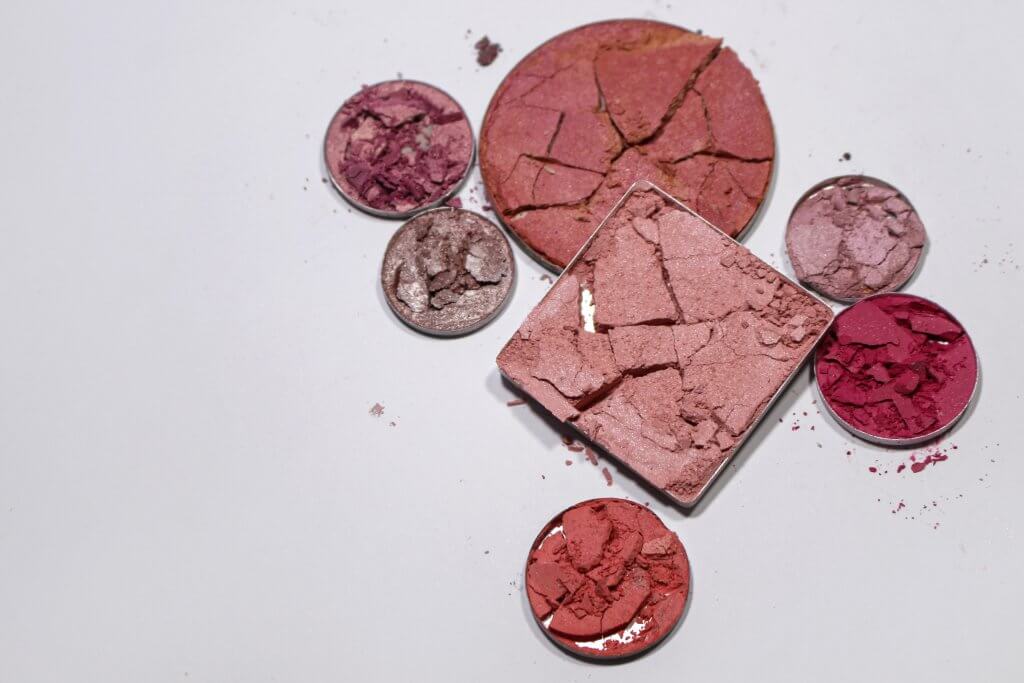
Unfortunately, common stains often come from makeup and can pose a serious problem for Airbnb hosts. Those who like to wear makeup may enjoy lipstick, eyeliner, mascara, foundation, or more, all of which have staining qualities.
What happens if an individual forgets makeup remover or makeup removing cotton pads? They’re probably going to look for the next best thing. Often the alternative may involve a little soap or lotion and your favorite white towels. Additionally, makeup can make its way onto your towels if people wipe their faces after a shower when there is still makeup residue. Your towels are first in line to experience makeup stains.
Perhaps the second risky area for makeup stains is bedsheets. We all know the feeling when exhaustion sets in, and nothing is more important than feeling the comfort of a cozy bed. So even though falling asleep with makeup on is a big no in the self-care world, it will happen. When people lay their faces on any fabric while wearing makeup, there’s going to be a risk of staining.
The best makeup is smudge-resistant and can retain its color. How does it get this quality? With some of the worst staining characteristics, waxes, oils, and pigments.
Depending on the types of makeup a person uses, you should take different approaches to remove these common stains.
Lipstick
Lipstick is one of the hardest stains to remove. You want to avoid smearing it across more of the fabric with incorrect techniques. As with any stain, you want to make sure you blot the stain, always making sure a clean part of the paper towel is used on the fabric.
Although unusual, you can spray hairspray on lipstick as the alcohol content is usually enough to clean off the makeup pigment. You can also use a bit of rubbing alcohol as a substitute.
After removing the pigment, you can use a bit of soap, water, and a scrub brush to work out the remaining oils and wax.
Mascara
Whatever the occasion, mascara is a quick and easy go-to for makeup wearers. For this reason, mascara stains will probably be a common issue.
Some places you’ll see mascara stains include towels, bedsheets, and any surface on which a person might put their head, like a couch pillow. However, towels often deal with the toughest mascara stains. The reason being when mascara is wet, it can smear and become more embedded into the fabric.
When cleaning a makeup stain, you should start by applying a stain removing detergent and allow it to sit for about 10 minutes. Once it has had time to absorb, use a wet scrub brush to gently work the detergent deeper into the mascara. After you’ve removed as much of the stain as possible, rinse the material with cold water.
If detergent isn’t enough to remove the stubborn stain, OxiClean should be used next. Soak the stain in OxiClean and water for at least one day, and then wash on cold when finished.
Foundation
The toughness of a foundation stain depends on whether or not the foundation is oil-free or oil-based. Oil-based foundations are harder to remove since they soak more into fabrics.
If you are dealing with an oil-free foundation, shaving cream will do the trick. That’s right, shaving cream. The foam in shaving cream is excellent at lifting stubborn stains. When removing your oil-free foundation stain, you want to apply shaving cream to the area and allow it to sit for at least 15 minutes. After the time is up, wipe the area clean, throw it in the wash, and enjoy your stainless fabric.
If you are dealing with an oil-based foundation, the better product to use is dish detergent. Next, you want to complete the same process as you would for an oil-free foundation.
Oil Stains
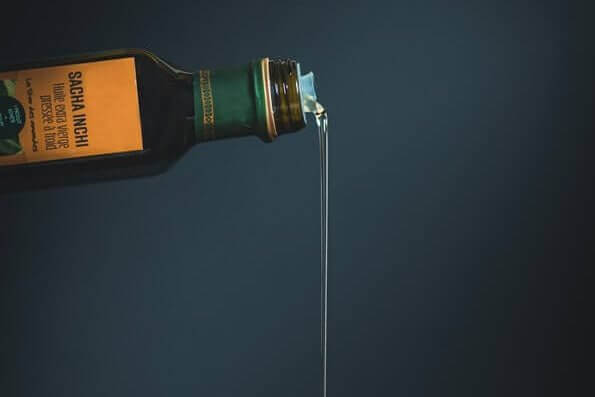
Some of the best foods contain staining ingredients; ingredients such as oil. Oil stains can happen faster than you can react. One minute you are enjoying a delicious dressed-up salad, and next, an oily piece of lettuce is falling off your fork, dancing its way down your shirt and into your lap. In a blink of an eye, you now have clothes decorated in oil stains.
While oil stains are common on clothing, they can also happen on your furniture, carpet, or any other type of fabric. Oil is present in almost everything, food, facial products, sunblock; you name it. Your home is surrounded by the threats of oil stains.
Oil being one of many common stains is often one of the hardest to remove. Thankfully, there are treatments that work great against oils.
You want to start absorbing as much of the oil as possible with dry paper towels with any oil stain. Continue the process until the paper towels begin to come up without any oil marks.
The next step is to cover the area generously with baking soda or cornstarch. Let it sit for at least an hour to give the powder time to soak up the deeper oils. Once the powder has had time to settle, get a toothbrush and massage the powder into the oil spot. The powder will begin to clump as it lifts the oils from the fabric.
Next, you want to apply a thin layer of dish soap over the baking soda and gently rub it into the stain. This step will help to remove any remaining oils. Once finished, wash the material on cold to finalize the stain removal process.
Blood
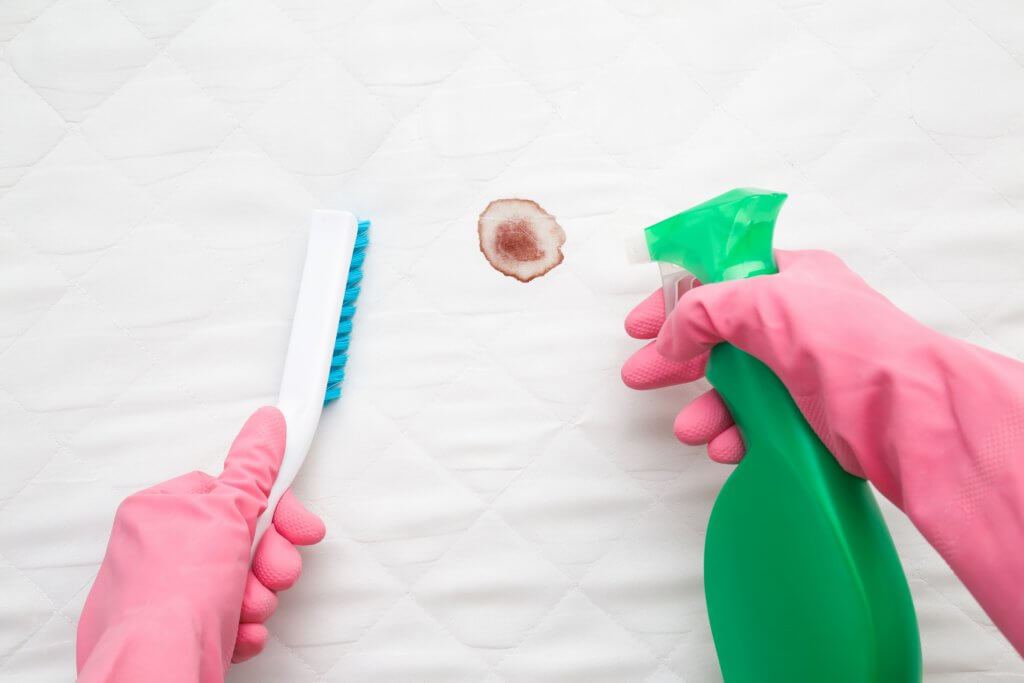
Whether you accidentally scraped your knee, cut yourself while shaving, or deal with menstruation stains, there are helpful tips to remove blood. When dealing with blood, like any stain, it’s always easier to remove if it is a new stain rather than a dried one.
The first thing you should start with is hydrogen peroxide. Hydrogen peroxide is an oxidizing agent, meaning it can break down water and oxygen which makes it so effective against stains.
Before treating a blood stain with this product, test an inconspicuous fabric area to ensure it doesn’t have any unexpected discoloration. Afterward, apply a decent amount onto the bloodstain and allow it to sit for a few minutes. Then get a cloth and begin to work out the stain; if the stain hasn’t removed completely, repeat the process.
Some bloodstains are tougher than others which is why you’ll need to take some additional cleaning steps after using hydrogen peroxide.
Your next step should be to massage the stain with some dish soap. After massaging, apply a small amount of ammonia followed by a dusting of baking soda. You want to let that sit for a few minutes so it can work against the stain. Finish this step by gently scrubbing the material off the stain and rinsing it with cold water.





